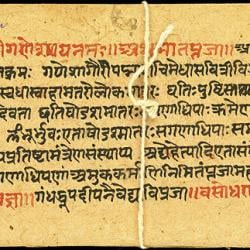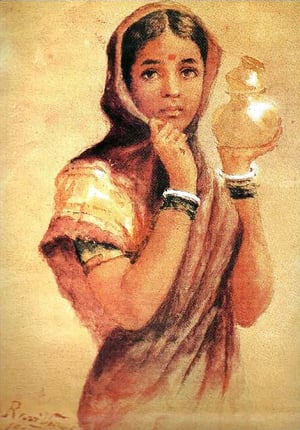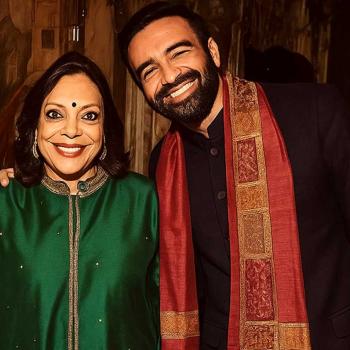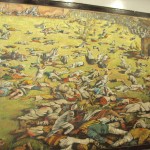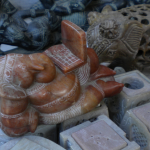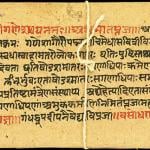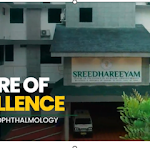There are some pioneering experiments in India that are using technology and computers to better the lives of people who were hitherto poor and did not have many options. E-chaupal is one. This is another experiment from Microsoft to better the lives of the salt miners
In Kharagodha, a small and arid salt-mining village in western India, it would seem that all the necessary steps are being taken to make personal computers a tool that actually improves lives. Thanks to a small grant from Microsoft, the local miners union here is running computer classes for the miners and is setting up a digital lab to test the quality of salt extracted from the mines.

In the past, miners in this small town were little more than surfs who toiled their lives away in the mines. The middlemen, who brought the salt to market, provided the miners with enough food and drink to subsist and kept them in the dark when it came to the value of their salt. Because of Kharagodha’s remote location, its miners had no way of contacting the outside world and had no choice but to resign themselves, generation after generation, to the meager compensation that the middlemen provided. In the meantime, the middlemen profited handsomely.Chandubai, a local labor leader who helped get the Microsoft grant, is now in the process of creating a database, which details the value and profits of salt. Through a translator, Chandubai explained to NPR how he expects the computers to improve the lives of the miners: “I use the computer database to keep track of the quality of the salt. We know the market price so we can help the miners to get a fair price for their product. Best of all, we can cut out the middleman.”
Microsoft’s chairman in India, Ravi Venkatesan, buttresses Chandubai’s point, explaining that, “Information access is not a luxury. It’s even more of a necessity when you live at the bottom of the pyramid. OK? It’s not about I.T., it’s about information access. The “T” is just the enabler. That’s the key thing for our country. The digital divide is huge, and it’s particularly manifest in rural India.”


